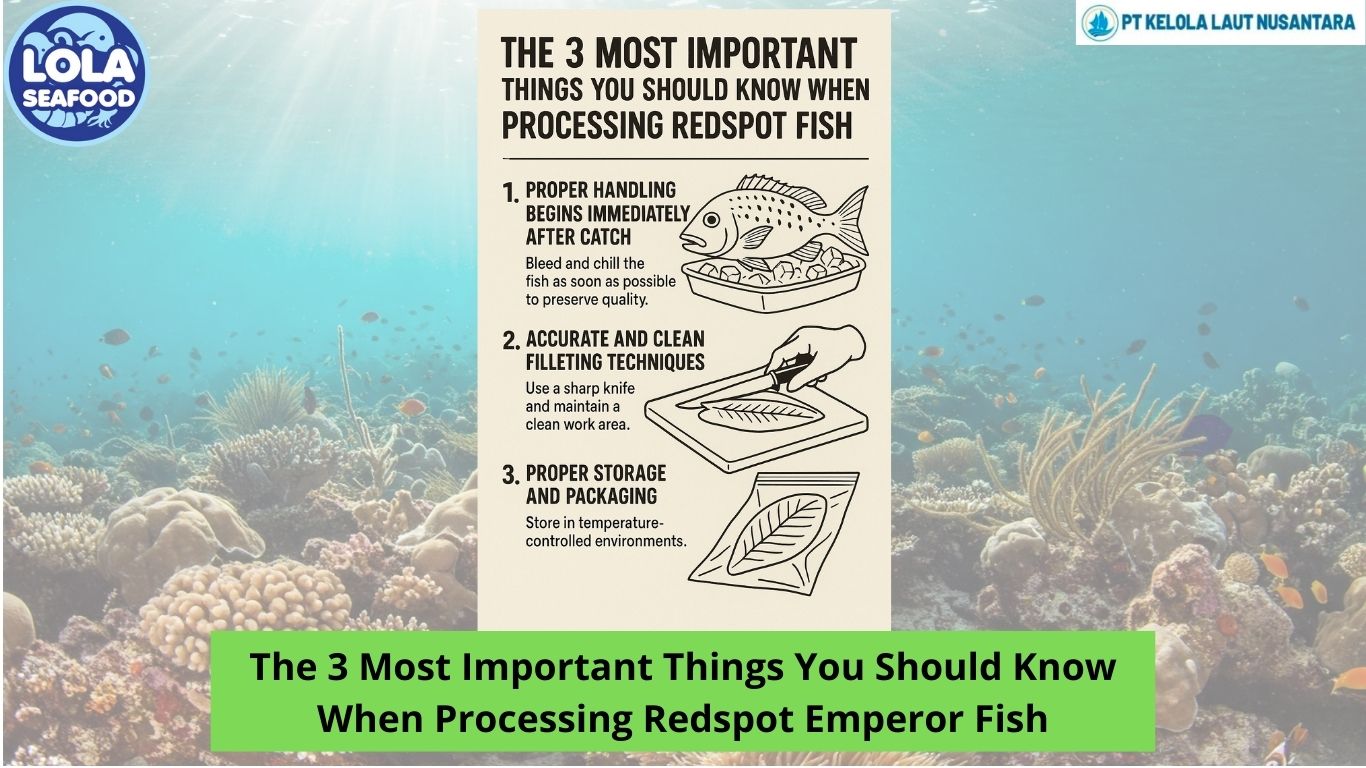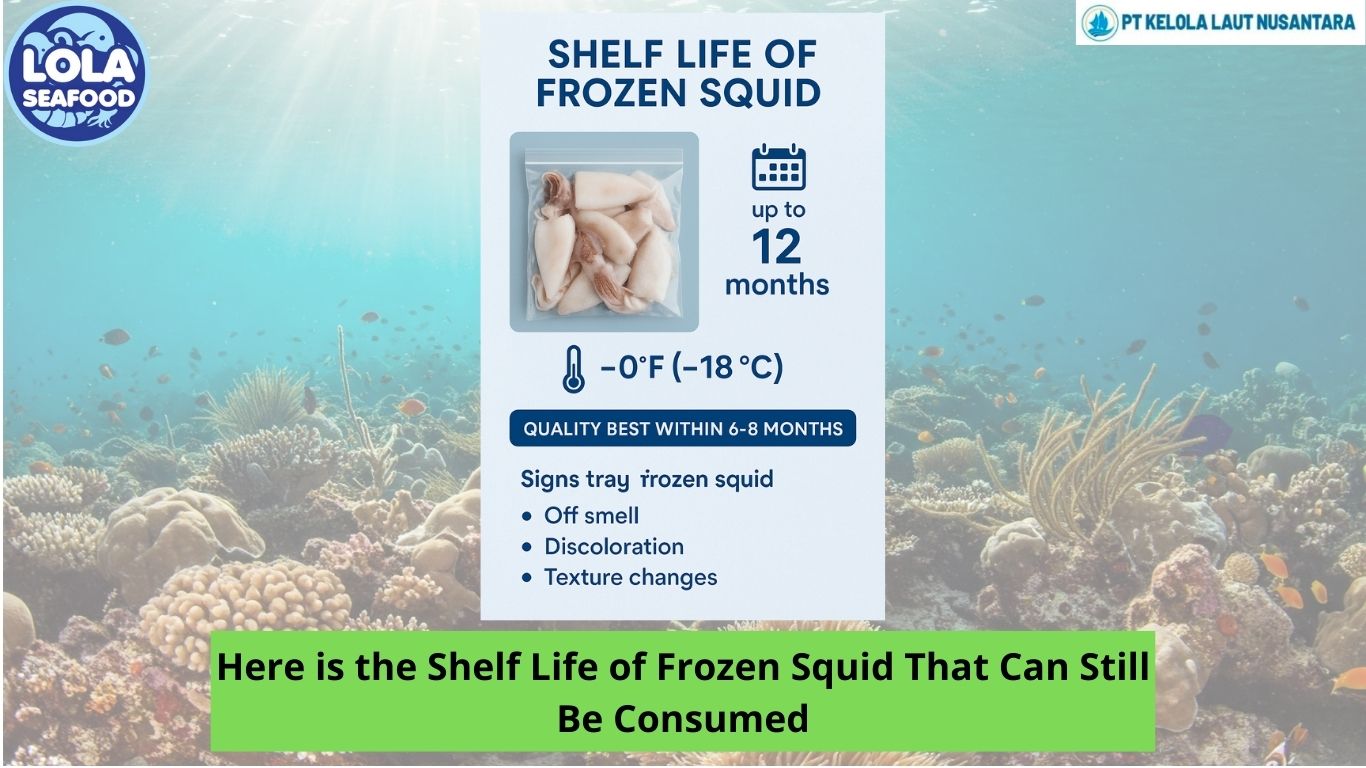The 3 Most Important Things You Should Know When Processing Redspot Emperor Fish
By. Puji Widyastuti - 16 Apr 2025
Kelolalaut.com Redspot emperor fish, known scientifically as Lethrinus lentjan, is a popular catch in tropical and subtropical waters, particularly in Southeast Asia and the Indo-Pacific region. Prized for its mild flavour, firm white flesh, and versatility in cooking, it’s a favourite in both local and international seafood markets. However, to maintain the quality, safety, and market value of redspot emperor, proper processing is crucial. Whether you're a small-scale fisher, a seafood processor, or a restaurant owner, here are the three most important things you should know when processing redspot emperor fish.
1. Proper Handling Begins Immediately After Catch
The journey to quality seafood starts the moment the fish is caught. Redspot emperor fish is highly perishable, and immediate handling can significantly affect the final product. Right after harvesting, the fish should be bled properly to preserve its clean flavour and appearance. This is typically done by cutting the gills and letting the fish bleed out in clean seawater or on ice.
Next, rapid chilling is essential. The fish should be placed in crushed ice or a slurry of ice and seawater as soon as possible. Keeping the temperature close to 0°C helps to slow bacterial growth, maintain firmness in the flesh, and preserve the natural colour of the skin and meat. Delays in chilling can lead to rapid spoilage, especially in warm tropical environments where redspot emperor is commonly fished.
2. Accurate and Clean Filleting Techniques
Redspot emperor fish can be processed whole, gutted, or filleted depending on the market or consumer preference. When filleting, precision and cleanliness are critical. Use a sharp filleting knife and clean cutting surfaces to avoid contaminating the flesh with bacteria or off-odours. Start by making a clean cut behind the gill plate, then slice along the backbone to extract a clean fillet.
Removing bones and skin cleanly is important for value-added products. If you're targeting high-end restaurant buyers or export markets, boneless, skinless fillets are often preferred. However, in local markets, some consumers may prefer skin-on cuts, as the skin can enhance flavour during cooking.
Also, be mindful of portion sizes and uniformity. Consistent cuts make for easier packaging, better presentation, and more predictable cooking for chefs and consumers.
3. Proper Storage and Packaging
Once filleted or prepared, redspot emperor must be stored in hygienic, temperature-controlled environments to maintain its freshness and extend shelf life. Vacuum sealing or packaging in food-grade, airtight containers can help prevent moisture loss, freezer burn (if freezing), and contamination.
If the fish is to be sold fresh, it should be stored in refrigerated units between 0°C and 4°C and sold within a few days. For frozen products, ensure rapid freezing and continuous storage at -18°C or lower.
Labelling and traceability are also increasingly important. Clearly indicate the catch date, location, and processing date. This information not only improves consumer trust but may also be a legal requirement in regulated markets.
Processing redspot emperor fish correctly is essential to preserving its quality, safety, and value. By focusing on immediate cold handling, precise and hygienic filleting, and proper storage and packaging, you can ensure that this prized fish reaches consumers in top condition—whether at local markets or on international plates.
If you are interested in our emperor grass whole round / whole gilled gutted scaled, emperor whole round /whole gilled gutted scaled, emperor fillet skin on and emperor fillet skin less please do not hesitate to contact us through email and/or whatsap
.jpg)
.jpg)
.jpg)
.jpg)
.jpg)


.jpg)
.jpg)